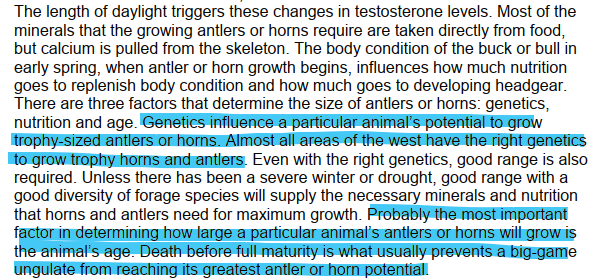Still waiting for this hi jack @Oak.
Yeah, I never received the info I requested. That's what I get for being nice and doing it the informal way. I've re-upped my request, however, this thread has turned into the 437th "what MT really needs to do" thread, so I'll probably bow out for the 437th time.




